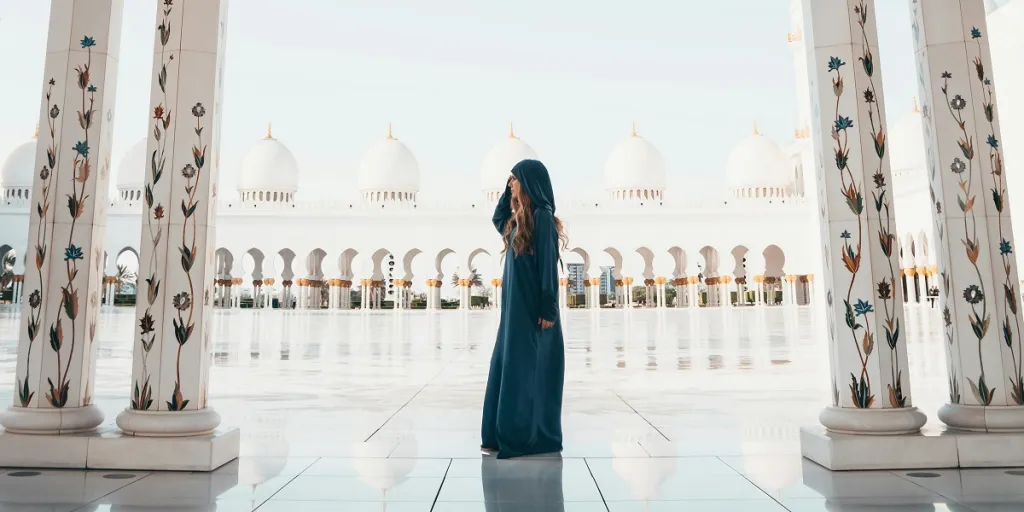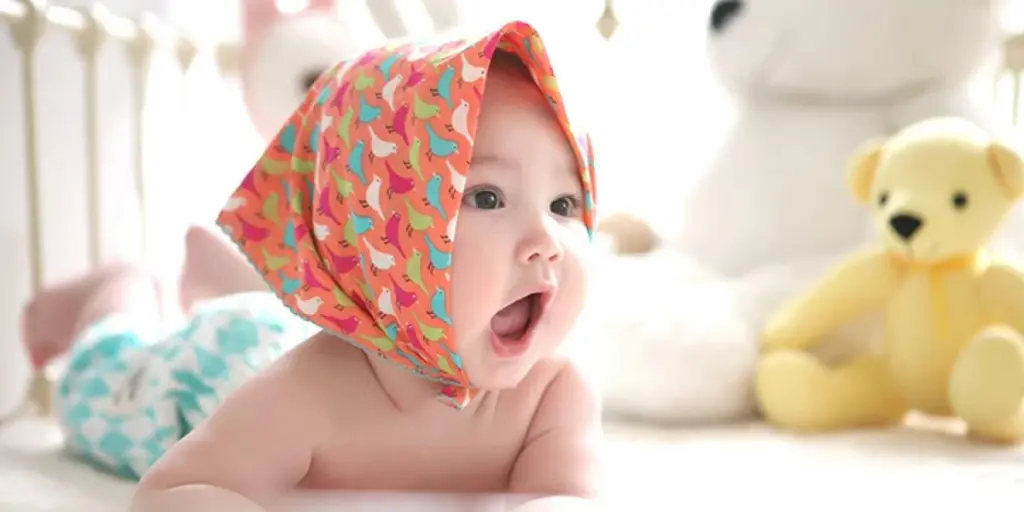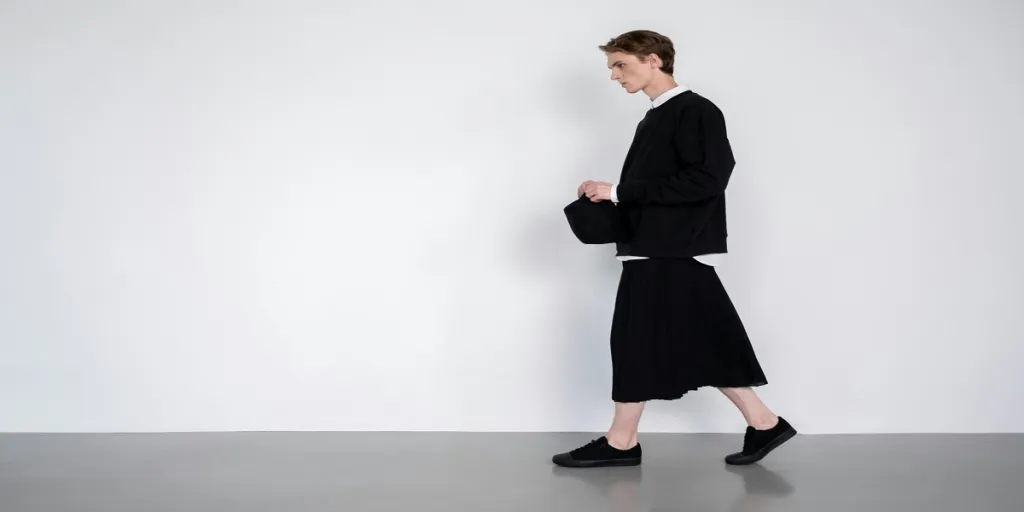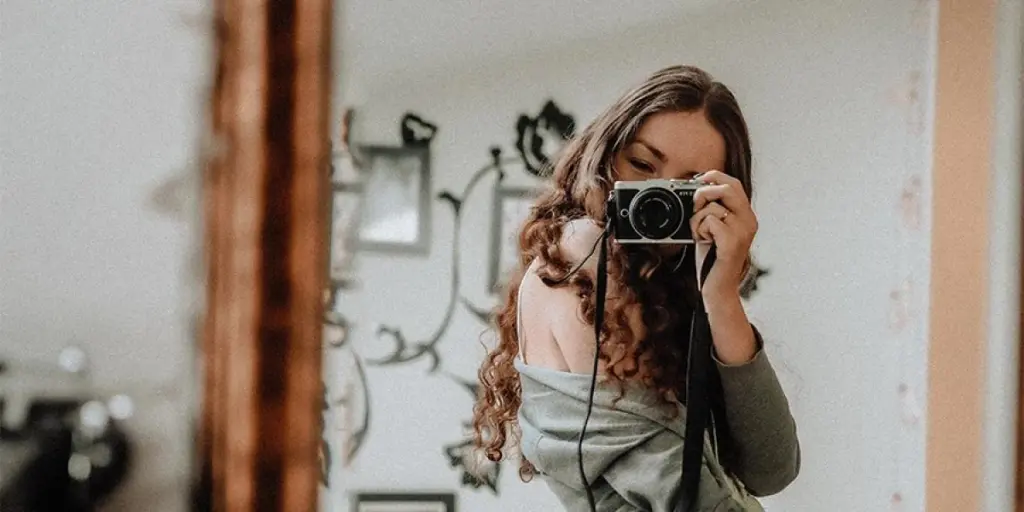The fashion industry is undergoing a revolution, and at the heart of this transformation is Artificial Intelligence (AI). Riley believes that there has been a huge adoption and reception for AI and this is evident from the platform Chat GPT gaining 1 million users in just five days as opposed to apps like Spotify and Instagram.
She continues to say there are many players in AI now, whether general platforms or specialised.
Feature recognition and forecasting
“The first thing to come through AI was feature recognition,” says Riley. “Feature recognition has been a part of our mobile phones for four to five years now. It picks up things from our images, and classifies it. We can even search our images on phone.”
For instance, she begins explaining, how in the fashion realm domain-specific AI can pick up features related to the garment in the image. Once it recognises things, it can also deduce and make conclusions based on the visuals.
As a matter of fact, companies are using AI to deduce physical properties from a scanned image of fabric. These physical properties can be then used in 3D modelling, suggests Riley. Whereas the features and deductions from the image can help with making predictions.
Riley points out that the one thing AI is very powerful in is trend forecasting and sales forecasting. While she believes companies are using this already as when you shop in person or even online there are personalised recommendations. This becomes possible because platforms are enabled with bots which register these choices and tailor-make recommendations based on it.
But the advent of AI in fashion doesn’t stop here. AI is used prominently in manufacturing and supply chains as well, especially for forecasting, inspection, connecting upstream to downstream, supplier to buyer, in optimisation and warehouses for moving things around.
Using generative AI for crafting the future of fashion
At the forefront of this AI revolution is generative AI, a technology that creates images and designs based on specified criteria. Whether it is human-like faces in a specific skin colour or hair style, generative AI can do it all.
Riley says if you have a digital product and combine it with generative AI you can showcase the finished product.
She continues: “The garment doesn’t exist, the people don’t exist and it works very well. Beyond generating faces or humans, the AI can generate absolutely anything in terms of garment design, fit, length, colours, shading, based on fashion, based on forecasting, based on trends currently. It can even crawl the internet and figure out what’s going to be in season. So this is where we are at.”
Pointing to figures from McKinsey Global Institute occupation database, Riley highlights that in 2017, there were questions around when will Generative AI achieve human-level creativity with assumptions of seeing an average level of creation around 2030-45. However, this year, the data showcases we have already reached middle-level creativity from AI.
But to achieve this level of creativity Riley shares we need to explore and build those skills. She raises some important questions like how can we make the AI generate what we have in mind? How do we reach the creativity we want to reach?
The answer according to her lies in building, exploring and making the right partnerships.
It seems like in this era of AI-driven transformation, the fashion industry is not just embracing technology; it’s embracing limitless creativity. As AI continues to evolve, so does the potential for fashion innovation.
Source from Just-style.com
Disclaimer: The information set forth above is provided by Just-style.com independently of Alibaba.com. Alibaba.com makes no representation and warranties as to the quality and reliability of the seller and products.




